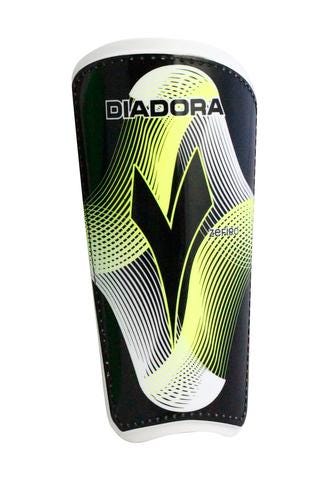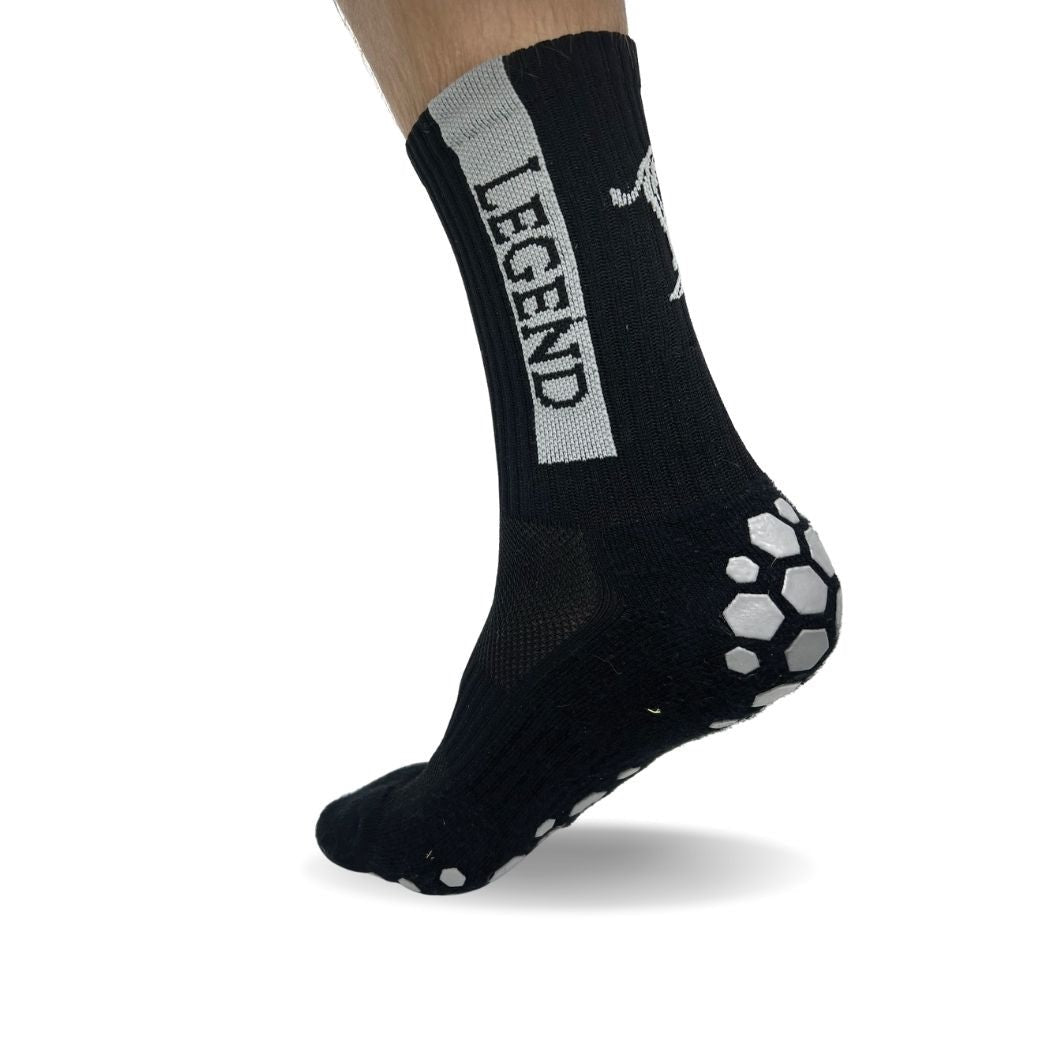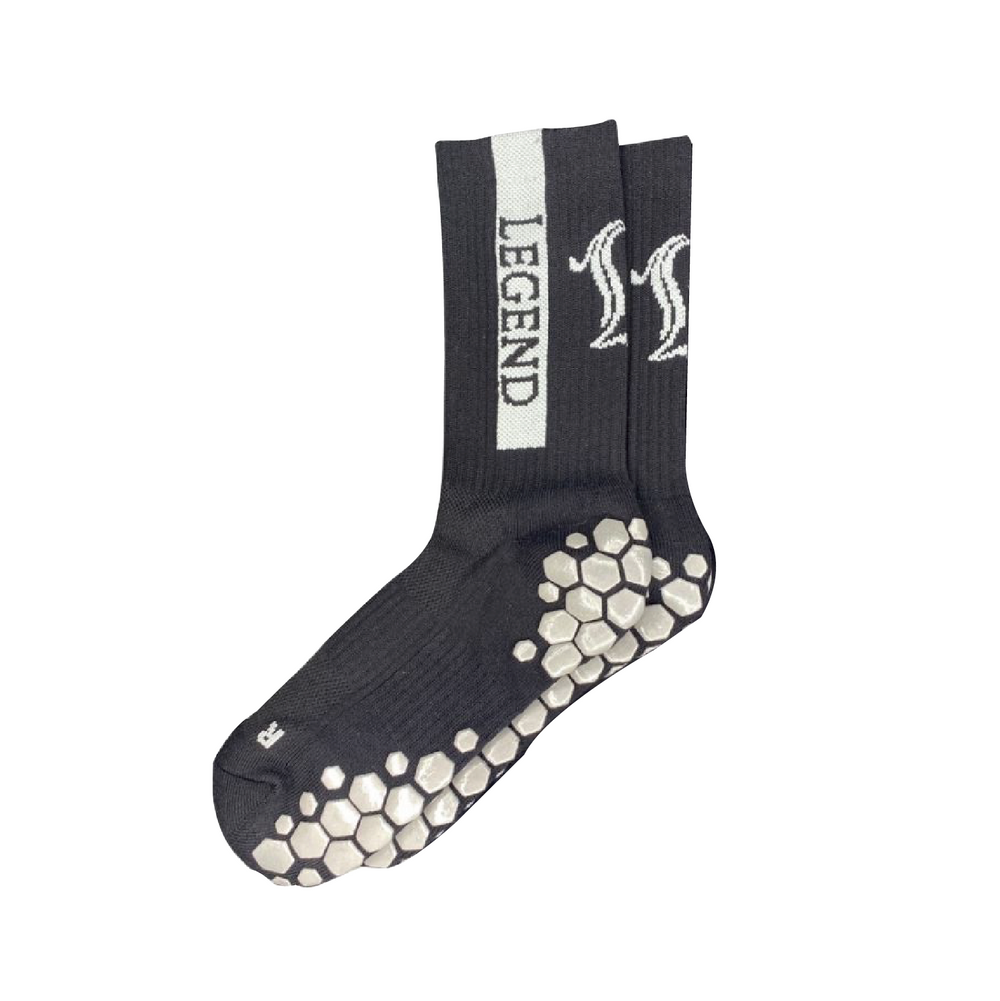A Small Step Towards Sustainability in Soccer
Today, we live in a world dominated by plastic. With the average American throwing away approximately 185 pounds of plastic each year. The use of plastic products are having a profound impact on our lived environment, as our cities and roadways are littered with plastic pollution. Tragically, other species that rely on healthy ecosystems for their survival, are beginning to suffer due to our plastic consumption: none more so than our marine life.
At this very moment, traces of plastic sediment can be found floating in approximately 40% of our oceanic ecosystems. Through extensive scientific research, scientists estimate that billions of pounds of plastic pollution now float within our oceans. The impact has been staggering.
The Impact of Plastic on Wildlife:
Thousands of species across the planet have suffered the climatic consequences of our consumptive practices. Hundreds of rainforest species are displaced each day due to mass deforestation, other species face hardships due to rapidly changing temperatures, and here in Montana, species have been posed with the challenge of dealing with a steady increase in annual fire damage. Still, the greatest impact of our consumerism, falls on those that call our oceans home.
https://www.youtube.com/watch?v=s3RWTTtPg8E
According to Ecowatch, an organization that conducts research on the implications of climate change and pollution, over one million seabirds are killed on an annual basis, due to pollution in the ocean, while an additional 100,000 marine mammals die, each year.
The massive loss of life should not come as much of a surprise, and plastic is the ultimate culprit. Plastic products constitute 90% of trash floating on the ocean surface, and now the Environmental Protection Agency (EPA), states that there is in excess of 46,000 pieces of floating plastic within each square mile of the sea.
Now animals, from sea-turtles to small fish, are mistaking pieces of plastic pollution for food and are suffering painful fatal digestive injuries. In recent studies, scientists found that 22% of all cetaceans, 44% of all seabird species, and every single sea turtle species have been found with traces of plastic in their stomachs. For these species, the plastic crisis is not going away unless we make drastic changes to our consumption habits, and now other species are beginning to face the implications of a consumerist society dominated by plastic: including our own.
Plastic Consumption and the Climate Crisis:
When most people talk about plastic and the environment, the conversation starts and ends with pollution, and for good reason too; We only recover approximately 5% of all the plastic we produce, globally. But in truth, plastic consumption is a contributing factor to a much more severe environmental catastrophe: Climate Change. The vast majority of plastic products, sold both domestically and on the US market, are produced from fossil fuels. Fossil fuels, like coal, natural gas, and oil, are the driving force of the global economy; but they have also become the driving force behind a rapidly changing climate. Today, the climate is changing due, in large part, to the emission of greenhouse gasses, and carbon dioxide makes up approximately 65% of all greenhouse gas emissions. The primary human caused source of carbon dioxide emission is the production of fossil fuels.




While fossil fuels play a number of important roles in our lives: they heat many of our homes, and they power most of our vehicles. It is important to note that plastic production plays a monumental role in the furthering of fossil fuel interests. According to the EPA, plastic manufacturing uses just under 10% of the global oil supply.


The implications of Climate Change are already bringing drastic changes to our planet. 2016 marked the hottest temperature year since 1880, sea levels are rising at their fastest rates in approximately 2,000 years, and the levels of ocean acidification (caused primarily by greenhouse emissions), are at their highest point since before the Industrial Revolution.. Changing the way we think about what we consume, may be the only way to help the planet we call home.
What Do Shin Guards Have to do With It?
While sports are commonly viewed as a helpful distraction from the problems of the world, sports oftentimes contribute negatively to the problems at hand. In the case of Climate Change, the vast majority of sporting stadiums are powered by fossil fuels, and most every professional team utilizes equipment made with plastic: including shin guards.
The vast majority of shin guards are made from either plastic, fiberglass, or foam rubber.


In the case of plastic, the environmental impacts are well documented (see above), but the other resources used to make shin guards are not much better. Fiberglass is, in all actuality, just a commonly used fiber-reinforced plastic; meaning it comes with many of the same environmental complications. Additionally, fiberglass can be dangerous to those working in production, and previous health issues have prompted both the Occupational Health and Safety Administration (OSHA), and the Agency for Toxic Substances and Disease Registry (ATSDR), to conduct health studies and develop pre-emptive measures to help workers avoid life-threatening health issues.
Foam rubber is not as dangerous as fiberglass, during the production process, but once the foam has been produced it is non-recyclable. Foam rubber plays a secondary role to plastic in contributing to global pollution.
What We Believe:
At Legend Soccer Company, our team believes in developing a product that helps soccer players on the field, without negatively impacting the world around the pitch. So, when designing our Legend I Shin Guard, we knew we wanted to build a high-quality product with sustainable means of production. Thus, we elected to build our product using bamboo, a highly renewable resource with incredible durability. For more information on the sustainable aspects of bamboo, check out next week’s blog, focusing on one of the world’s most amazing plants.

As a company of soccer players, we have dedicated countless hours to the development of a product that fulfills a purpose for players, at every level. We are proud of the sleek aesthetic of the Legend I Shin Guard, as well as its durability. Still, perhaps more than anything, we are proud of the fact that we are an active part of a movement away from plastic production.


At the end of the day, we will always love the beautiful game, we’re just more than happy to work towards helping this beautiful planet.
Sources:
https://www.wired.co.uk/article/climate-change-facts
https://www.epa.gov/ghgemissions/global-greenhouse-gas-emissions-data












